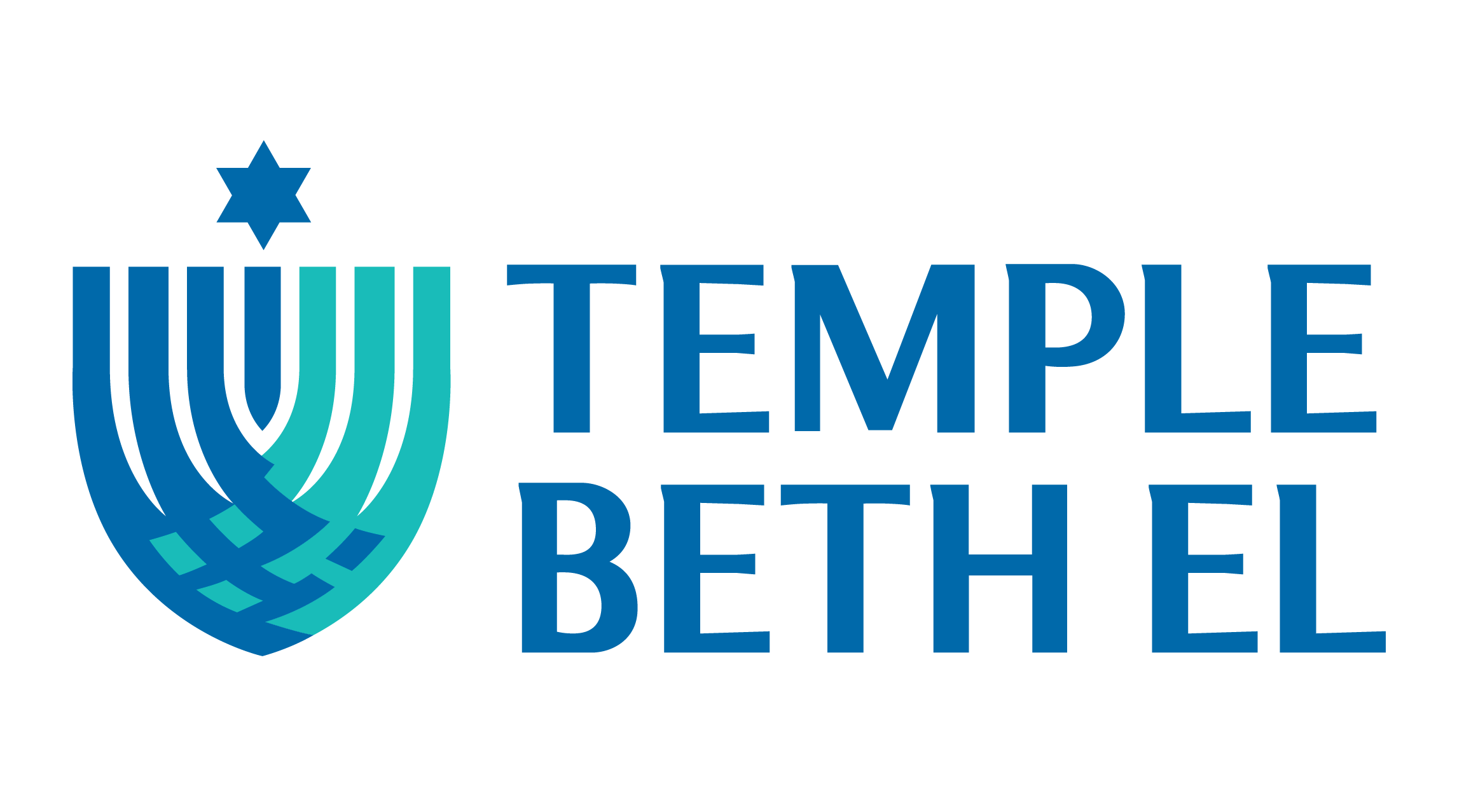Earlier this week, Rabbi Knight, Cantor Bernard, Cantor Thomas and I sat down to talk through our Yom Kippur services. Halfway through, I threw up my hands exasperatedly.
“Didn’t we already DO this prayer???”
In fact, we had. And I have news for you. We are going to do “that prayer” again.
Judaism is a religion of repetition.
Shabbat comes like clockwork every seven days,
reminding us to rest and recuperate,
reminding us that God created the world and then took a well-deserved nap,
reminding us that we are Jewish.
We keep Shabbat as a ritual, repeating those tasks that make Shabbat…well, Shabbat! For some people that means coming to services, or lighting candles, or baking challah (or eating challah!) For some it simply means eating dinner with the whole family, and for others it is the night they succumb to silly TV shows they wouldn’t usually allow themselves to watch. What makes Shabbat a holiday, what makes Shabbat something we “keep” and “protect,” is in its repeated occurrence and our repeated celebration of its arrival.
Our liturgy is also pretty repetitive. There are only so many words in the English language for the verb “to praise”, but boy do they all come into use when translating from Hebrew and Aramaic! Take the kaddish, for example:
“Yitbarach v’yishtabach v’yitpa’ar v’yitromam v’yitnase v’yithadar v’yitaleh v’yitalal shmei d’kudsha bri’chu”.
Now listen to it in English: “Blessed, praised, honored, exalted, extolled, glorified, adored, and lauded is the holy name of God.” That is a solid use of the thesaurus.
And especially during the High Holy Days, our liturgical tunes take on a distinct “High Holy Day” sound. We offer multiple prayers; Barchu, Mi Chamocha, our final Oseh Shalom using the same purposeful, repetitive High Holy Day refrain.
What, one might ask, is the effect of all of this repetition? How, on these High Holy Days, can we understand repetition as a vehicle for forward movement?
We just celebrated Rosh Hashanah, the Head of the Year, the Day the Earth was “born.” And what more is a birthday than a celebration of the ability to repeat? Moreover, the Rosh Hashanah kind of birthday acknowledges not just that we’ve made it from Point A to Point B but also primes us to start us out on the right foot toward Point C. Repeating the ritual and observance of Rosh Hashanah every year reminds us to take that time to reflect on and to celebrate 5776, just as our birthdays give us an opportunity to celebrate the past years of our lives. Repetition is the way we go around and come around.
Rosh Hashana is also known as Yom Hazikaron, the Day of Remembering. We plead,
“Remember the covenant you made?”
“Remember how much you love us?”
“Remember that time you saved our ancestors from Egypt?”
“We know we’re fallible human beings but we’ll be better next time, just please, please remember us!”
Repetition serves as a tool of remembrance – when we want to remember something important, we repeat it to ourselves over and over again. Our repetitive plea to God to remember us elevates the importance of the request.
Early next week we will come together for Yom Kippur, The Day of Atonement. “Yom Kippur” is really a misnomer – for we do not atone merely on this day. Rather, we spend the entire month leading up to Rosh Hashanah and then even more intensely in these ten days between Rosh Hashanah and Yom Kippur making t’shuva, making space in us to forgive and asking for forgiveness from others.
T’shuva, the act of returning, is all about repetition. We circle back to ourselves, looking inward to find those moments in which we missed the mark. We circle back to those we have hurt and we apologize. Maimonides teaches that we have only made true and complete t’shuva when we find ourselves in a repeat situation – only when we are faced with the same opportunity to transgress and refrain have we made full repentance.
This Shabbat, the Shabbat that falls between Rosh Hashanah and Yom Kippur, is known as Shabbat Shuva – a Shabbat of Turning and Returning, a Shabbat of Repentance. As we move toward Yom Kippur, may we each take a moment to reflect on where we have been, where we are now, and where we are going. May we circle back to those whom we have hurt, and circle inward to make space in ourselves to forgive others.
L’shana tova and gmar chatima tova – to a good year and a good sealing.




One Response
What a beautiful essay. Thank you for the humor and important message.